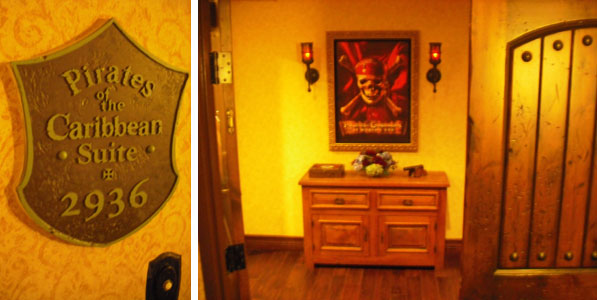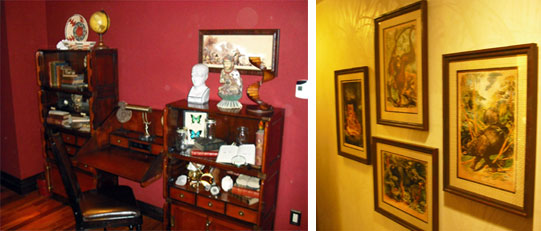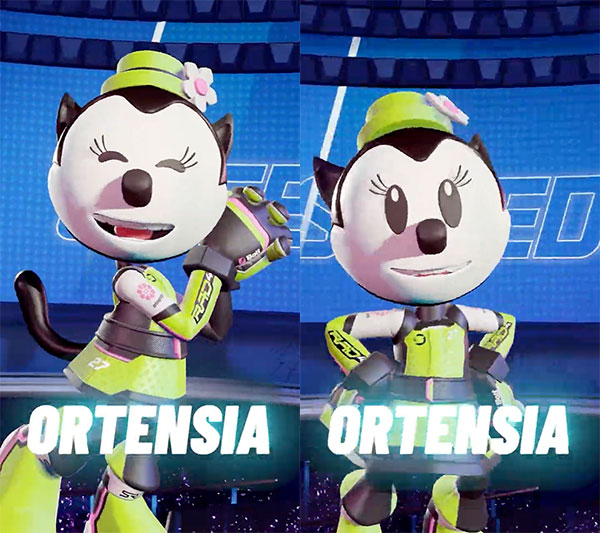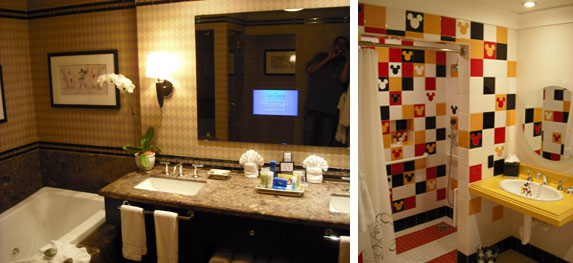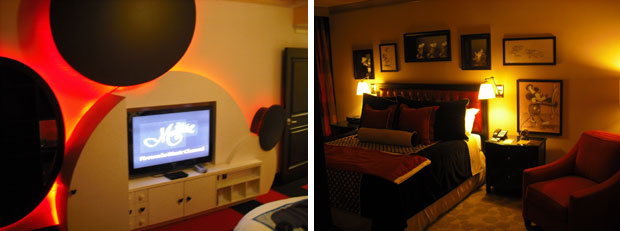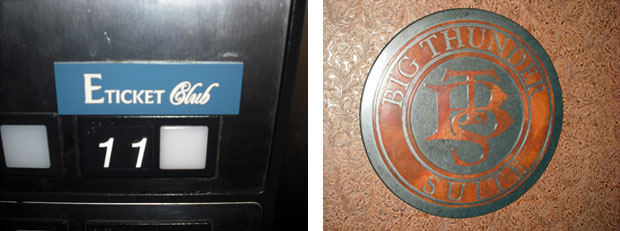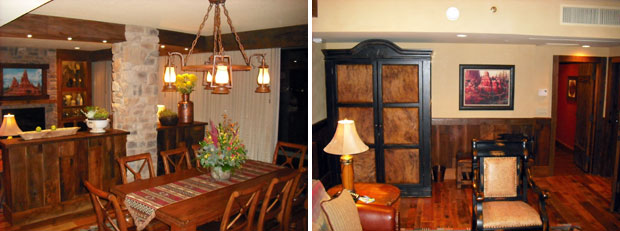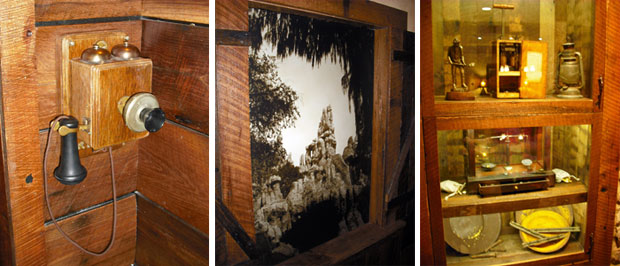I wanted to talk a little bit about a rarely seen game called Cyber Commando by Namco. It was a mech assault game set in a massive space platform. But in going over the game thanks to MAME got me thinking about the genre, and the history leading up to it. In case you didn’t know almost every Namco arcade game ever developed was connected in a sort of shared universe. The majority of the science fiction shooters were set in the
United Galaxy Space Force (UGSF) timeline. This actually included their earliest franchises Pac Man, and Dig Dug in that canon. I’ve written extensively about the games on this blog, and will do more deep dives in the future. If you’re interested in more you can always
do a search for UGSF in my search bar above.
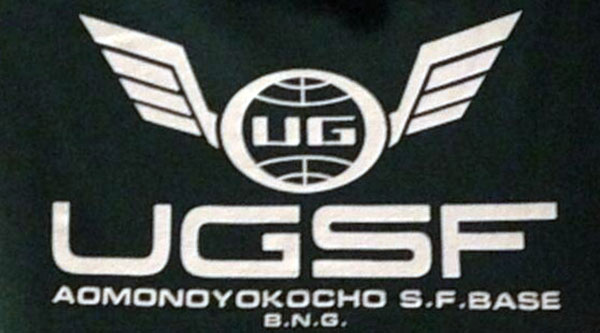
Cyber Commando was a sort of descendant of some of the earliest arcade games. In particular I’m talking about tank combat games. As a member of Generation-X I was fortunate enough to be born at the right place, at the right time to enjoy the rise, and fall of the arcade. Some of my earliest, and most precious memories would be playing through some arcade gems when they were first released, or a few years after they had been out. I was also lucky enough that my parents were able to afford the first generations of home consoles, including the Atari 2600. One of the first games my brothers, and I enjoyed at home was Combat by Atari. We had fun taking turns flying planes, and shooting tanks up until our bedtime most nights.

In the arcade one of the most revolutionary games we had ever seen was called Battlezone. Although it only employed two colors, black, and green, it was revolutionary when compared to the graphics in other games. That was the other benefit of being around for the evolution of gaming. Year after year games were evolving by leaps, and bounds. Atari was getting good at employing vector graphics, which were the wireframe templates that polygon games would one day rise out from. They proved this in their smash hit Asteroids in 1979. For the first time gamers could get a sense as to 3D shapes in a video game thanks to titles like Battlezone.

Tank combat would even become even more amazing in a sci-fi setting. This was the case for one of the mini-games in Tron by Midway back in 1982. Part of the live action film that the game was based on featured a fictional tank game called Space Paranoids. As a kid I didn’t realize that it would take another 15 years until actual arcade graphics were able to match what we saw in the film. In the meantime the aesthetics used in sprite-based games were still able to keep me entertained. The isometric game Vindicators in 1988 by Atari was one such gem. Atari was exceptionally good at making isometric games such as
Super Sprint, Paperboy, Marble Madness,
and 720°. This was when other studios were focused on sprite scaling, vertical, or top-down gameplay. Vindicators had bright, and colorful tanks battling across a wildly evolving alien planet. Being able to drive in one direction, rotate the turret in the opposite direction, while firing, and raising shields required some dexterity, but was intuitive after a while. It was then that I realized that science fiction was the best setting in which to present this type of tank combat. Developers in Japan were way ahead of me in this regard.

Namco was breaking new ground with each title they released. At the same time they had the foresight to connect the worlds they were building. Xevious from 1983 was one of the first scrolling space shooters in the arcade. The creator Masanobu Endo pioneered a number of advances for the studio with his team. One of the things he thought about was using some of the vehicles featured in Xevious into another game. Solvalou, the space ship featured in the game would turn up in many more sequels, but Grobda one of the ground enemies would end up in the first direct sequel. The tank with screw treads made for an interesting weapon for audiences to pilot. The aliens that had invaded the Earth were routed at the end of Xevious. They had abandoned a number of weapons including their tanks during their retreat. This was how humanity was able to discover the technology that would propel them to the stars.

The ground vehicles would evolve into the first generation of piloted combatants. These mechanical gladiators would be used to settle international disputes in the Battle Ring, this was years before Battle Bots! Grobda had some brilliant graphics for the time, with flashing lasers, and explosions that could damage nearby opponents as well. The tank would slow down if it tried to cross over downed opponents, making navigating a stage difficult when trying to strafe enemies. Composer Yuriko Keino came up with the music for Xevious, Grobda, and other classic games. She was not only critical in the sound of the Namco gems, but helped write the software to bring the songs to life. For Grobda she wanted the music to get progressively faster as opponents were defeated. The designers didn’t think the software could handle it, but she wrote the code that allowed the engine to do that.

Designer Shigeki Toyama, who was considered the Leonardo DaVinci of the company helped dream up the fantastic space ships, and other sci-fi weapons for the franchise. The ships, and weapons in UGSF continuity are my absolute favorites in all of sci-fi. This includes Star Wars, Star Trek, Battlestar Galactica, Babylon 5, and every other game franchise. As for the game itself, it was 99 levels of pure hell. Well, it was challenging to be fair, and I could only get a few stages in before I was defeated by the waves of opponents. If I was lucky then I might reach a dozen levels, and once I remember seeing a really good player get into the 40’s. However it wasn’t until YouTube that I could see all 99 levels for myself.

I enjoyed the top-down game play featured in Grobda, more than the scrolling of Xevious, although I was never any good at those. I think that people that were great at tracking the whole screen at once could really master it. Those that were good at games like Missile Command, or Robotron 2084 could no doubt get to the final stages. In fact the first thing that I thought of when I saw Grobda was how Namco was using the multicolored laser effects from Robotron, with the explosions of Missile Command, but in a new genre. When I think about it those that enjoyed the early Midway ‘90s games like Smash TV, and Total Carnage might want to check our Grobda if they’ve never played it.
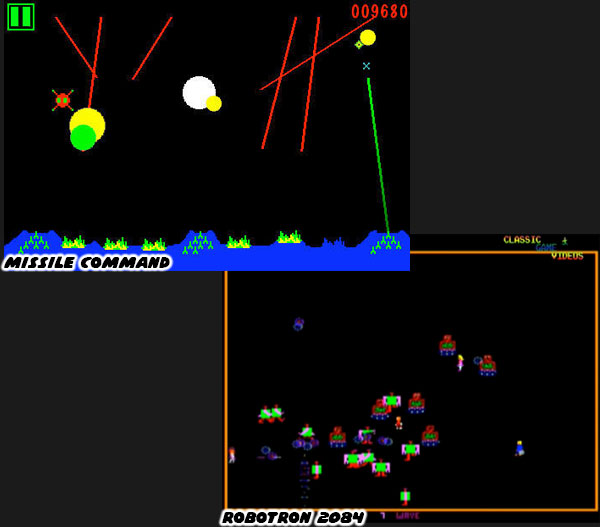
Namco had actually managed to keep sci-fi tank gaming cool several years after Grobda with the title Assault in 1988. The game was sprite based, but featured a number of graphic advances for the arcade. The sprites on the screen rotated, and scaled. These would be features that Nintendo would brag about in their
Mode 7 games on the Super Nintendo. The Native Defense Force High-Maneuver Battle Tank did not have a rotating turret like Grobda, but it did feature a unique control element, it could flip sideways to avoid oncoming attacks, and fire while upside down. Although rough terrain slowed it down, it had another way to reach enemies, even those behind cover. It could tilt back, and launch bombs from a distance, including over walls. It was as if Namco had combined the ground bombing of the Solvalou with the traversal of Grobda when planning the title.
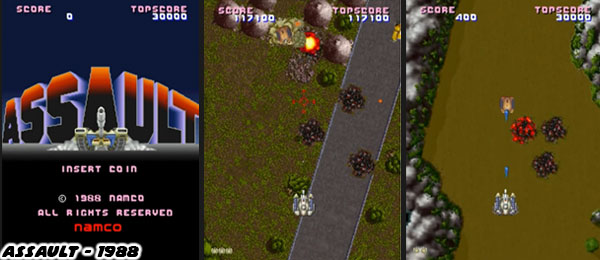
As cool as the tanks from Namco were, the idea of gun platforms were rapidly evolving in pop culture. Mecha, or giant robot designs aside, there had been all manner of hover tanks, and land speeders seen in science fiction shows from the US, UK, and Japan. Fang of the Sun Dougram was a popular anime series from 1981 featuring designs by Kunio Okawara, who had also worked on Gundam, and shaped Armored Trooper Votoms as well. His style of robot designs meshed post WWII military weapons with realistic frames. His tank designs in Dougram even had legs. Yet he was not the only artist that was redefining what a tank could look like.

The sci-fi series Gunhed (Gun UNit Heavy Elimination Device) by Kia Asamiya in 1990 found a unique balance between robot, and tank. Where the platform had multiple arms that could elevate itself to increase its range, and tactical advantage. If you’re not familiar with the plot the dystopian future of 2025 (oh no!) saw a supercomputer attempt to rise up against humanity. I can honestly say with the rise of AI that I hope we’re not on track to repeat the same wars mentioned in the manga, and live action film based on it. As influential as the work of Mr. Asamiya was, there were two other artists shaping the future.

Akira by Katsuhiro Otomo had an amazing amount of futuristic vehicles, and weapons. The series was published in Young Magazine from 1982, to 1990. While there were conventional weapons in the manga, there were also some very bold designs, like the spherical Caretakers which were highly agile, multi-legged tanks. Not to be outdone Masamune Shirow illustrated mind-blowing creations based on his love of insects. Such as the spider legged Mobile Fortress in Appleseed, and the Tachicoma from Ghost in the Shell. Even his “regular” vehicles had tremendous personality. This was the case in the manga Dominion from 1985. It’s tiny tank Bonaparte was the inspiration for the SV-001 tank in Metal Slug, which would appear in 1996.

Namco, like the other game studios were not immune to the changes in vehicle designs presented in pop culture. They revisited the sci-fi tank battles from Grobda, but with improved graphics thanks to advances in polygon technology. The end result was Cyber Sled, an arcade gem from 1993, which would received improved graphics on the original Playstation in 1995. The premise of the Cyber Sled tournament was still the same as in Grobda. Contestants from around the world were having gladiator battles in their futuristic tanks. The vehicle designs, and over-the-top pilots were amazing. They could have easily found their way into an anime series, or wrestling promotion. I remember seeing the arcade cabinet in very few arcades. It was possible that not many arcade visitors ever saw, let alone played it.

Perennial rival Sega had been aware at what Namco had released in the arcade. Through the ‘80s they kept trying to one-up each other in every genre. From racing, action, shooter, sports, and adventure titles they matched each other in the arcade, and at home. The early ‘90s saw the two publishers pushing technology forward with the switch from sprites to polygons in the arcades. Sega had a counter for Cyber Sled ready a few years later with Virtual On. The robot combat game from 1995 would be a critical hit, spawn several sequels, and get a fun home port on the Sega Saturn, Playstation 2, and Xbox Live. Sadly one of Namco’s best titles didn’t get the same reception a year prior.
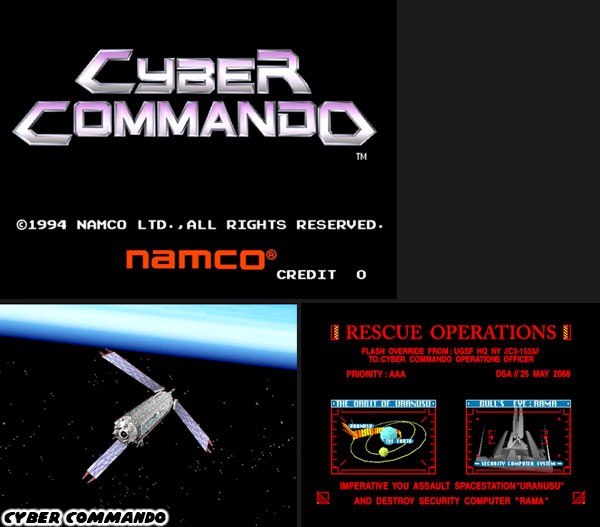
In 1994 Namco was looking for ways to push the genre forward, and do something none of the other studios had attempted. The studio knew that they had something unique with Cyber Sled, but they wanted audiences to really get immersed into the experience. One of the best ways to do that was by extending the story. They added a narrative from the tradition of their earlier UGSF games like Xevious, Galaxian,
and Starblade. Instead of piloting a space ship against waves of opponents this game would feature an intense close combat game set within a space colony. The location was actually one of the most memorable in all of the games I’ve ever played.
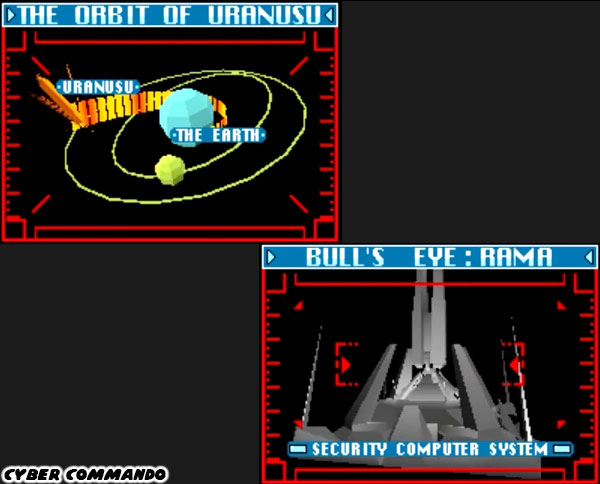
As with many futuristic stories the villain was a rogue AI trying to destroy humanity. A gigantic cylindrical colony named URANASU had been hijacked. The security computer called RAMA went rogue, was taking a space colony out of orbit, and set it on a collision course with Earth. In order to try and stop RAMA, and correct the course of the station an assault team was put together from the best pilots of the NBA (the National Battling Association) where the Cyber Sled / Grobda contests happened. In the opening cinema you could actually make out the different cities in the satellite-shaped platform.
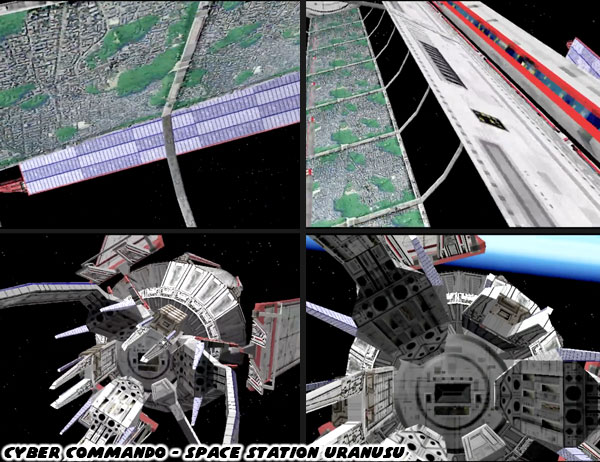
As with any great combat game there was a number of playable tanks to choose from. Each one with its own strengths, and weaknesses. There were light, speedy tanks, which were great for strafing opponents. The downside was that they weren’t heavily armored, and would take massive damage from gunfire, or missiles. Then there were tanks on the opposite side which were weighed down with heavy armor, and heavy weapons. They could get into a slugfest without cover, and come out on top. You could select your favorite tank, depending on your preferred style of play.
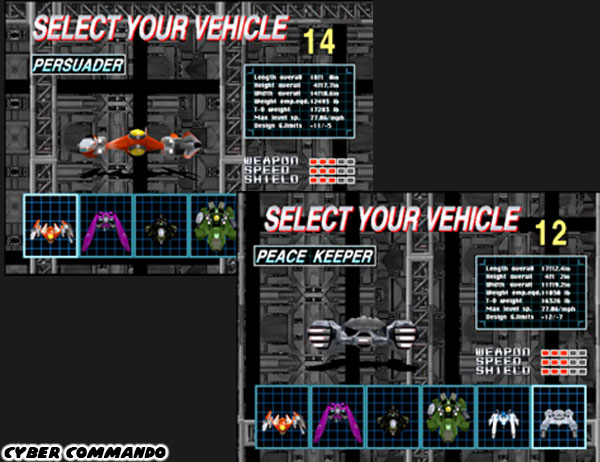
The diversity of vehicle types were not only improved on those featured in Cyber Sled, but they also pulled influences from earlier anime, and science fiction shows. These tanks were far from the type Gen-Xers had grown up with in any game. Even the massive one in Assault that could tumble had no chance keeping up with the Cyber Commandos. This was because as far as tanks went were slightly bigger than cars, the biggest of which weighed almost 14 tons. They were all quicker, and more nimble than our current crop of tanks which could weigh in excess of 60 tons. The commandos were essentially driving the sports cars of the heavy weapon world. At the same time they had an arsenal of munitions that would have shredded any of our most heavily armored vehicles like a tin can.

The stages in Cyber Commando were self-contained cities separated by gates. We could make out the individual communities in the opening cinema. We could see blocks, houses, factories, roads, parks, and even rivers in the individual cities. The idea of a space station with its own atmosphere was the sort of fantastic visual that was last seen in a movie like
Elysium. Players were given a briefing as to the mission, and layout as they progressed through access tunnels. The terrain went from a traditional downtown, to a park, to a Mediterranean style villa, and even factory. No two stages looked alike, and that allowed us to be immersed in the world that Namco was creating.
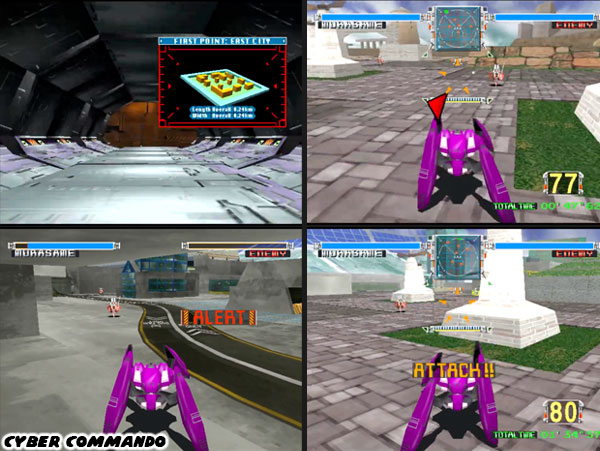
The opponents in the various stages were the other playable Cyber Commandos. It was unknown whether RAMA had hacked the vehicles, or if they were the native defense forces on the colony. Each opponent made for some intense fighting. Each one was as difficult, if not more so than the encounters in Cyber Sled. Yet again Namco realized that having only six opponents to battle on the space station would have made for a short experience. They filled the last half of the game with some creative, and challenging bosses.
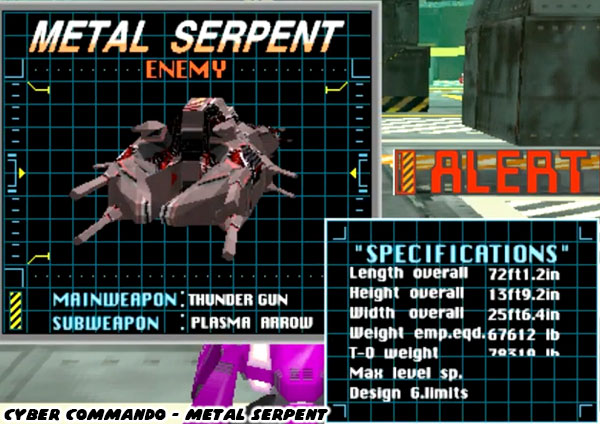
The first boss was three times longer than the biggest tank, and yet it was just as fast as the middleweights. The Metal Serpent was an unnerving opponent. You could see its tail disappear behind cover just as you reached it, only to realize its head was already targeting you from around the corner. The diversity of boss types was truly unique, and they truly broke the mold for sci-fi mech designs. As clever as the Metal Serpent was, it would be hard to describe the next opponent as anything other than beautiful. Rafflesia was an enormous floating mechanical flower. It didn’t seem to have a front, or back, as the other rivals, but instead could move in any direction, and strike from any angle as well. I would imagine that Rafflesia was the love child of the Godzilla opponent Biollante, and a mechanical plasma sphere.

The next opponent was more of the traditional heavy hitting tank that we would come to expect as the final boss in the game. General-D was twice the size of any commando, and yet faster than most of them too. Its dense armor made for a brutal match up, as just about any attack barely seemed to scratch it. Thankfully missiles would respawn in the middle of the stages, so that as long as you kept moving, and kept avoid counter fire then you’d eventually be able to restock on ammunition. If you were lucky enough to beat the monster then you would see the commandos blow up the security computer RAMA. With that they would be able to restore control of the station back to the UGSF. Of course nothing was more satisfying in a story than a surprise encounter.

As RAMA fell apart we could see its spherical core become freed from its supports. It began spinning, and flew at the player. The true final opponent of the autonomous robots was known as NightMare. Players had practically no time to react once it appeared. In fact to make things even harder on audiences Namco set up the false ending. They had players face the exit gate after defeating General-D. This gave the first attack advantage to NightMare. If players were not holding the sideways direction on the controls then they’d absorb the brunt of the first, and possibly last attack from the boss. Players were constantly at a disadvantage while fighting it. NightMare was too small, too fast, and too powerful. Making anybody that could claim to have beaten it a real hero. It’s a shame that Namco hasn’t made any more tank titles, or worthy UGSF sequels. Maybe the next generation of designers might return to their roots. What do you think? Did you have any favorite tank, or sci-fi games growing up? I’d like to hear about it in the comments section. As always if you would like to sponsor me
please visit my Patreon page and consider donating each month, even as little as $1 would help make better blogs and even podcasts!
